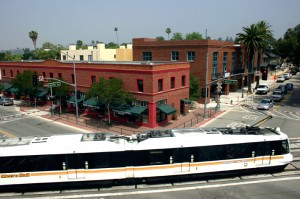 Housing in California is famously expensive, and much of the problem is caused by the significant under-production of housing in the state relative to population growth since the 1970s.
Housing in California is famously expensive, and much of the problem is caused by the significant under-production of housing in the state relative to population growth since the 1970s.
But it’s not just about building more housing — it’s about building more desirable neighborhoods. A new study from Redfin finally quantifies this different kind of under-supply:
Across the country, just 14 percent of neighborhoods manage to be at once affordably priced, walkable and near decent schools. And many of those neighborhoods exist in only two cities: Washington and Seattle, according to a new analysis released Wednesday by the real estate brokerage Redfin.
The findings suggest a substantial mismatch between the neighborhoods where people say they want to live and the homes actually available to them.
“Cities have not kept up with consumer tastes,” said Nela Richardson, Redfin’s chief economist.
The analysis examined 170 neighborhoods in 20 cities, comparing home sales and income data with rankings from the organizations Walk Score and GreatSchools. Some cities, such as Baltimore, Boston and Philadelphia, contained balanced neighborhoods — where people of different income classes could afford to live — but their schools performed poorly.
I hear people in places like San Francisco and Santa Monica say that you could never build enough housing in those cities to stabilize prices, because there will always be high demand and therefore high rents. But this study shows that part of their desirability is due to their unique walkability and amenities.
So unless we build more neighborhoods in our metropolitan regions that have these walkable, affordable, and transit-oriented features, the competition for the few places that do have them will drive up prices, drive out existing residents, and turn them into urban enclaves for the wealthy. And that’s no recipe for environmental and economic success.
Leave a Reply
You must be logged in to post a comment.


